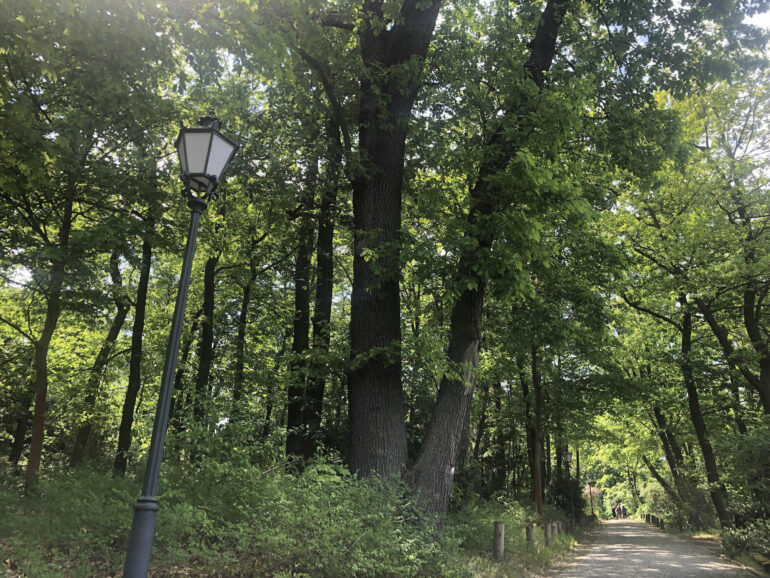How would afforestation and restoration of large areas worldwide affect water-fluxes world wide? A new study led by Wageningen University researcher Anne Hoek van Dijke with contributions from Martin Herold, GFZ, has interesting answers. Impacts on precipitation reach far beyond country or even continent level: Tree restoration in the Amazon can, for example, affect rainfall in Europe and Eastern Asia. The study, published in Nature Geoscience on May 11, 2022, has calculated the global impact of large-scale tree restoration on water fluxes and water availability.
“Restoration and planting more trees is seen as a viable solution for enhancing carbon storage and the biodiverse functioning of ecosystems. With innovative data and analysis, our interdisciplinary analysis highlights that the hydrological effects are important for how and where such nature-based solutions are more suitable to achieve towards more climate-smart and sustainable future landscapes,” says Martin Herold from the GFZ German Research Centre for Geosciences, who contributed to the study led by Anne Hoek van Dijke from Wageningen University & Research.
The researchers calculated the hydrological effects of the “global tree restoration potential”: a global map highlighting 900 million hectares where more trees could grow or be planted given local climate conditions, and without encroaching on agricultural and urban land. The increase in evaporation resulting from the increased tree cover was calculated globally at high resolution. The study used data-driven models that describe how much rainfall evaporates, and how much goes to streamflow. Anne Hoek van Dijke, Ph.D. candidate Hydrology and Remote Sensing at Wageningen University & Research says that “these models include a vegetation parameter for forest and non-forest conditions that was calibrated to a range of different evaporation and streamflow measurements. Afterwards, we calculated where, and to what extent, the increased evaporation would return to the land surface as increased precipitation.”
Local and global shifts in water availability
The results show that large-scale tree restoration can locally increase evaporation annually by nearly 10 liters on average for every square meter of restored forest. Locally, in the tropics particularly, this effect can be much larger, with almost 250 liters for every square meter. Crucially, not all of this water returns to the land surface. Only around 70% of the extra water in the atmosphere returns to the land, while the remaining 30% is shed over the oceans through rain. On a global scale, this means that tree restoration results in a net decrease in water availability.
For individual river basins, the impact of tree restoration is more complex. Following tree restoration, streamflow for major river basins would generally decrease (by up to around 10%). But for other river basins (e.g. the Yangtze and Amazon river), streamflow reduction will be close to zero because the negative impact of enhanced evaporation is compensated by increased rainfall due to forests in these areas. Interestingly, some of these basins possibly will even gain water.
The study presents the results under current climate conditions. Under a warmer climate, the tree restoration potential would decrease. Also, future climate change could increase evaporation and annual precipitation, which will affect global atmospheric circulation patterns.
More information:
Anne Hoek van Dijke et al, Shifts in regional water availability due to global tree restoration, Nature Geoscience (2022). DOI: 10.1038/s41561-022-00935-0
Provided by
Helmholtz Association of German Research Centres
Citation:
Exploring how forest restoration affects water cycles (2022, May 11)



